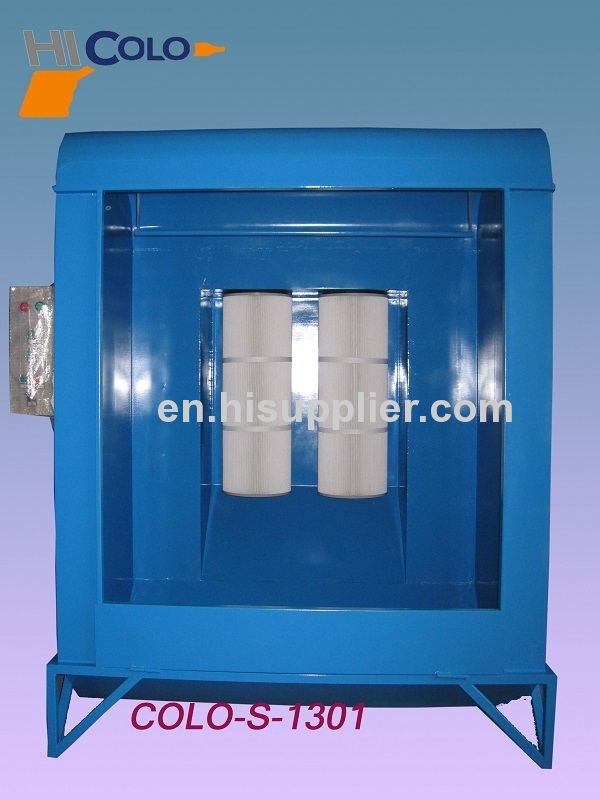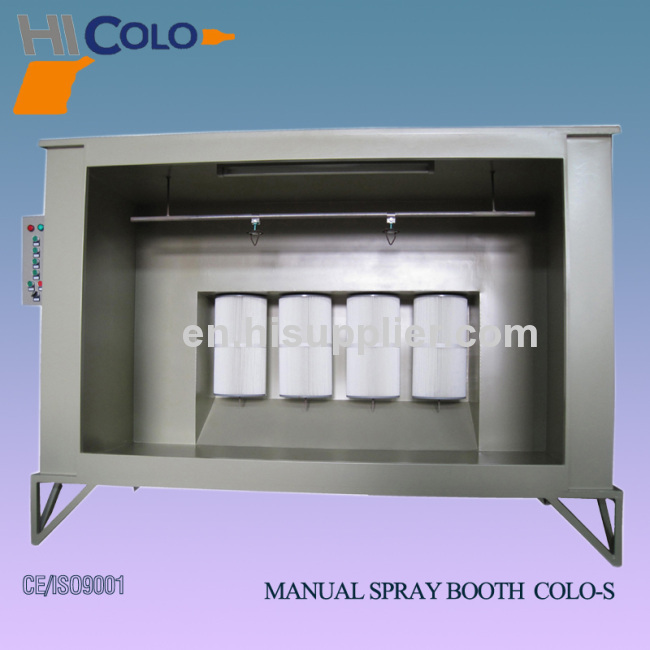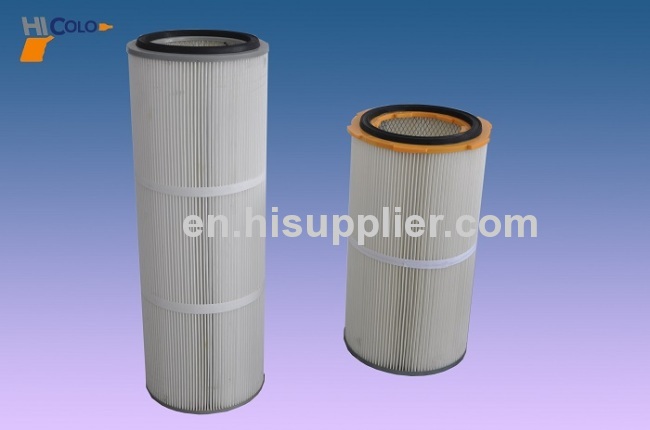This popular size for powder coating shops measures 1700mm in height by 2400mm in width by1 500mm in depth.

This popular size for small shops measures 1700mm inheight by2400mm in width by1 500mm in depth . Our Powder Booths makeefficient useof shop space and are designed for manual "batch" orautomated/processpowder coating with or without overspray reclamation.Shop air is drawninto the powder coating spray booth, and then passesthrough the powderbooth's workspace into a filtered plenum integratedinto the wall(s). Theair is filtered in multiple stages and thendischarged to the outsideatmosphere or routed back into the room.Disposable filters are easy toinspect and replace.

. FUNCTIONS
1.manual booths are the right solution for every application: fornewstart up and experienced users alike, or as a one-off solution forsmallor medium series.
2. A space-saving design,integrated functions and ease ofoperationprovide ideal conditions for efficient and high quality manualcoating.
3.by maintaining the airflow at design levels. During operationoverspraypowder accumulates on the cartridge filters. As the cartridgefiltersload, airflow decreases and negative pressure rises within theairhandler. A timer activates a system of air purging valves that clearthecartridge filters of accumulated powder to ensure maximum life.
The powder coating process
The powder coating process involves three basic steps:
- Part preparation or the pre-treatment
- The powder application
- Curing
Part preparation processes and equipment
Removalof oil, soil, lubrication greases, metal oxides, welding scalesetc. isessential prior to the
powder coating process. It can be done byavariety of chemical and mechanical methods. The selection of themethoddepends on the size and the material of the part to be powdercoated,the type of soil to be removed and the performance requirement ofthefinished product.
Chemicalpre-treatments involve the use of phosphates or chromatesin submersionor spray application. These often occur in multiple stagesand consistof degreasing, etching, de-smutting, various rinses and thefinal phosphating or chromatingof the substrate. The pre-treatmentprocess both cleans and improvesbonding of the powder to the metal.Recent additional processes havebeen developed that avoid the use ofchromates, as these can be toxic tothe environment. Titanium zirconiumand silanes offer similar performance against corrosion and adhesion ofthe powder.
Another method of preparing the surface prior to coating is knownas abrasive blasting or sandblastingand shot blasting. Blast media andblasting abrasives are used toprovide surface texturing and preparation,etching, finishing, anddegreasing for products made of wood, plastic,or glass. The mostimportant properties to consider are chemicalcomposition and density;particle shape and size; and impact resistance.
Siliconcarbide grit blast medium is brittle, sharp, and suitablefor grindingmetals and low-tensile strength, non-metallic materials.Plastic mediablast equipment uses plastic abrasives that are sensitiveto substratessuch as aluminum, but still suitable for de-coating andsurfacefinishing. Sand blast medium uses high-purity crystals thathavelow-metal content. Glass bead blast medium contains glass beadsofvarious sizes.
Cast steelshot or steel grit is used to clean and prepare thesurface beforecoating. Shot blasting recycles the media and isenvironmentallyfriendly. This method of preparation is highly efficienton steel partssuch as I-beams, angles, pipes, tubes and large fabricatedpieces.
Differentpowder coating applications can require alternativemethods ofpreparation such as abrasive blasting prior to coating. Theonlineconsumer market typically offers media blasting services coupledwiththeir coating services at additional costs.






